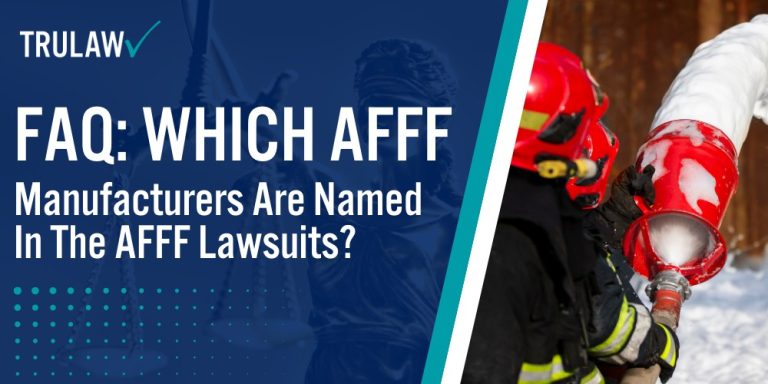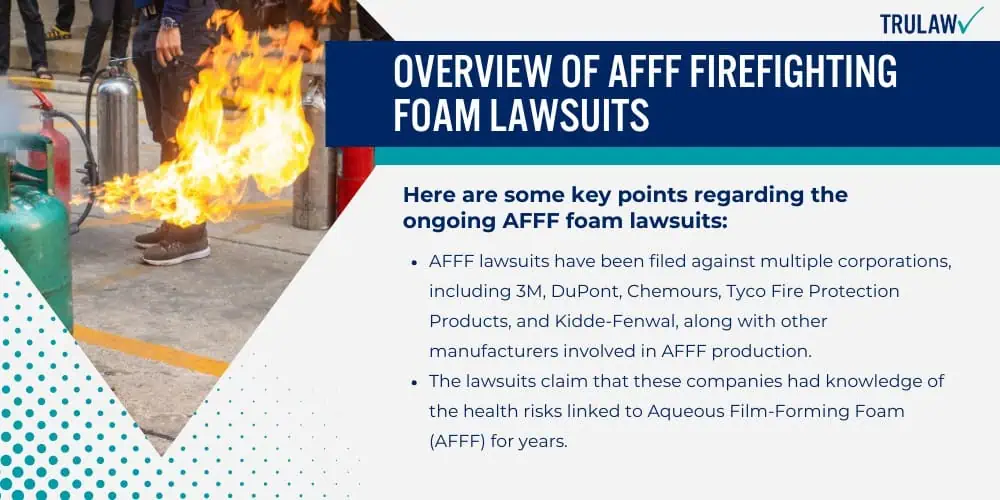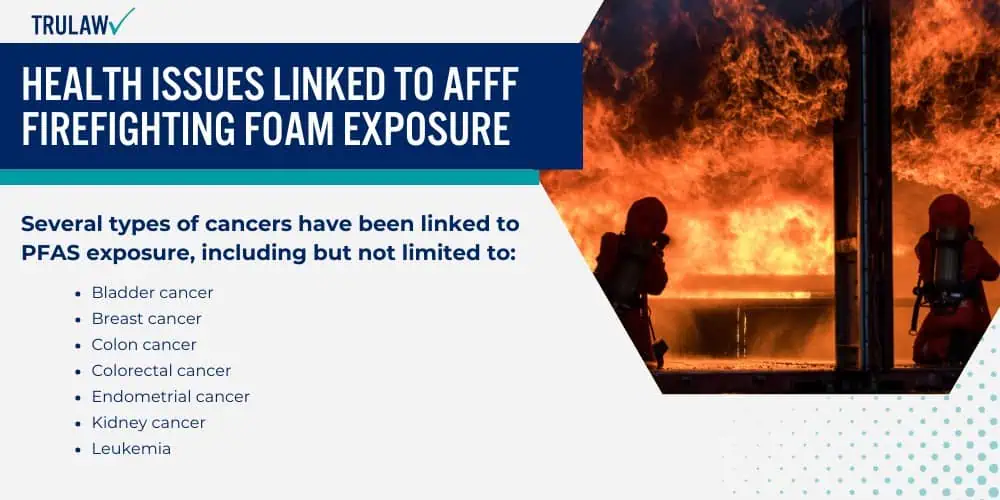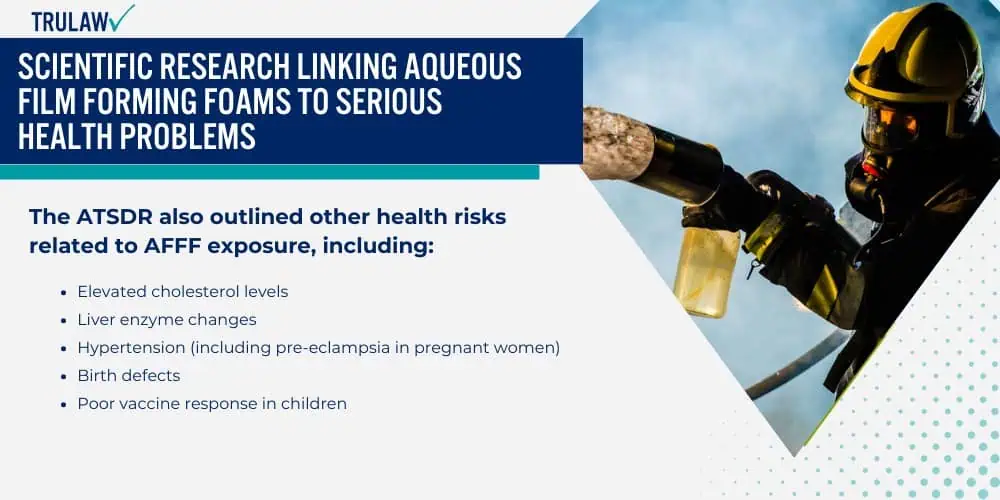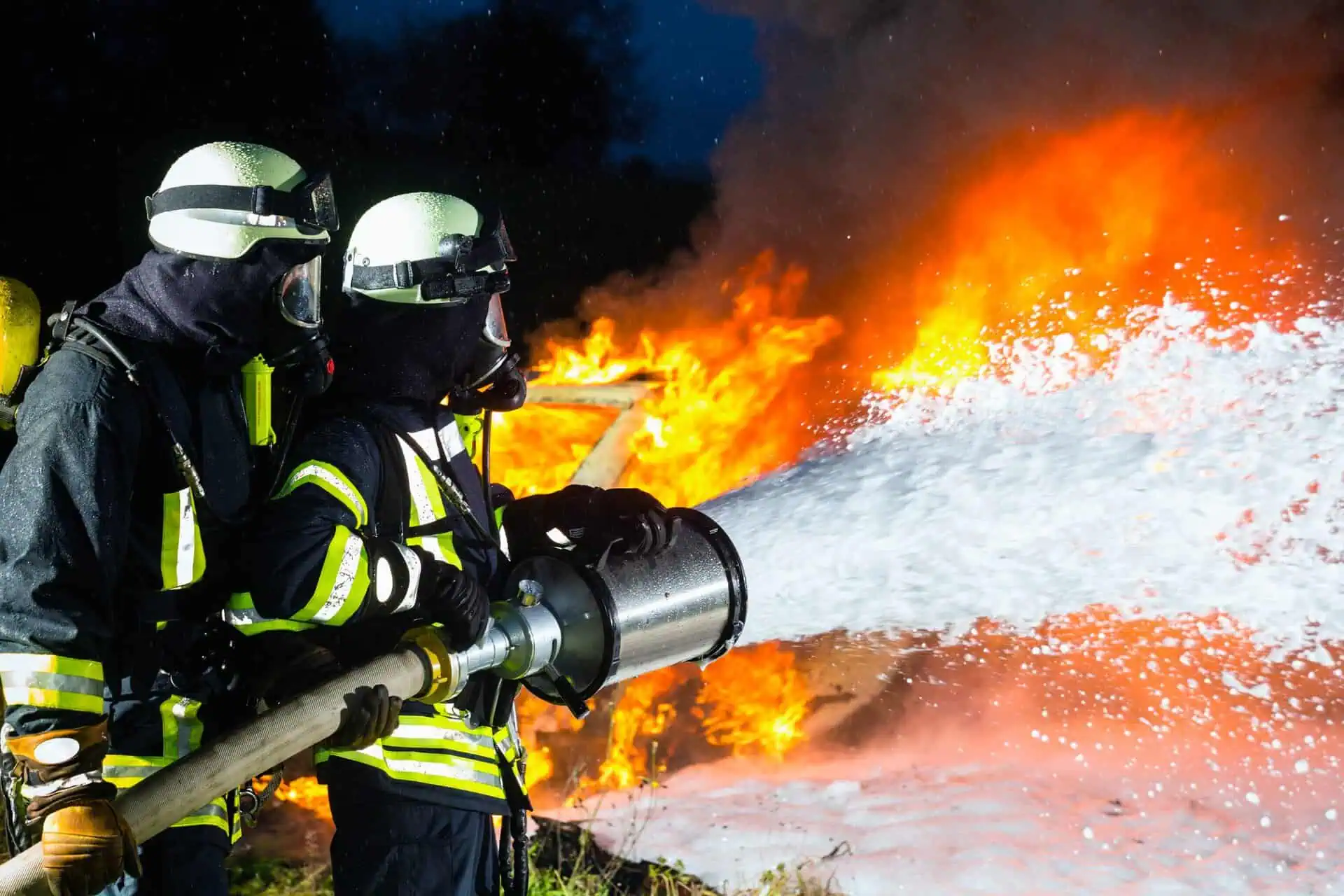The widespread use of AFFF (Aqueous Film-Forming Foam) in firefighting has become a growing concern due to the potential health risks linked to its chemical components.
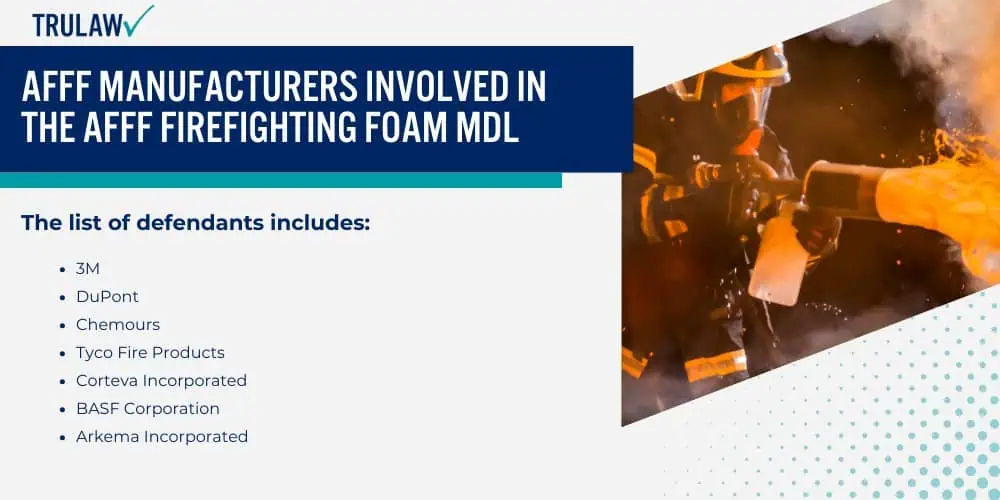
Ongoing litigation has brought attention to the dangers associated with exposure to AFFF, particularly the elevated risk of developing cancer.
Who Are the Defendants in These Lawsuits?
Several major manufacturers of AFFF have been named as defendants in the ongoing AFFF multi-district litigation (MDL).
These companies, many of which are well-known in both industrial and consumer markets, have been among the largest producers of AFFF over the years.
The list of defendants includes:
- 3M
- DuPont
- Chemours
- Tyco Fire Products
- Corteva Incorporated
- BASF Corporation
- Arkema Incorporated
- Dynax Corporation
- Chubb National Foam Incorporated
- UTC Fire & Security Americas
- AGC Chemicals Americas
- Kidde-Fenwal
- Clariant Corporation
- Carrier Global Corporation
Why Are These Manufacturers Being Sued?
These manufacturers face litigation due to their alleged role in exposing the public to harmful chemicals.
The lawsuits claim that these companies were aware of the health risks posed by AFFF’s toxic chemicals but did not take adequate steps to mitigate the dangers.
The core accusations revolve around two main claims:
- Knowledge without Action: The defendants allegedly knew about the potential health risks associated with AFFF but failed to take appropriate action to protect the public.
- Failure to Warn: The manufacturers did not provide sufficient warnings regarding the dangers of their products, leaving individuals exposed to serious risks.
Potential Outcomes of the Ongoing AFFF Litigation
If the AFFF litigation results in favorable rulings for the plaintiffs, the manufacturers may be held liable on the following grounds:
- Failure to Act: The defendants may be found to have had knowledge of the risks associated with AFFF but did not take the necessary steps to protect users or the public.
- Inadequate Warnings: Manufacturers could be held responsible for not warning individuals about the known dangers associated with AFFF exposure.
If these claims are upheld, the manufacturers could be required to compensate those who have filed lawsuits for the harm caused by exposure to AFFF.
Have you been affected?
If you or a loved one has been diagnosed with cancer or other health conditions following exposure to AFFF, you may qualify to take part in the AFFF lawsuit.
Contact TruLaw for Legal Assistance Today
TruLaw is working to provide individuals affected by AFFF exposure with the resources they need to explore their legal options.
If you’re unsure of your eligibility, you can use the chatbot on this page to instantly determine if you qualify for the AFFF firefighting foam lawsuit.
Your health and well-being are our priority.
